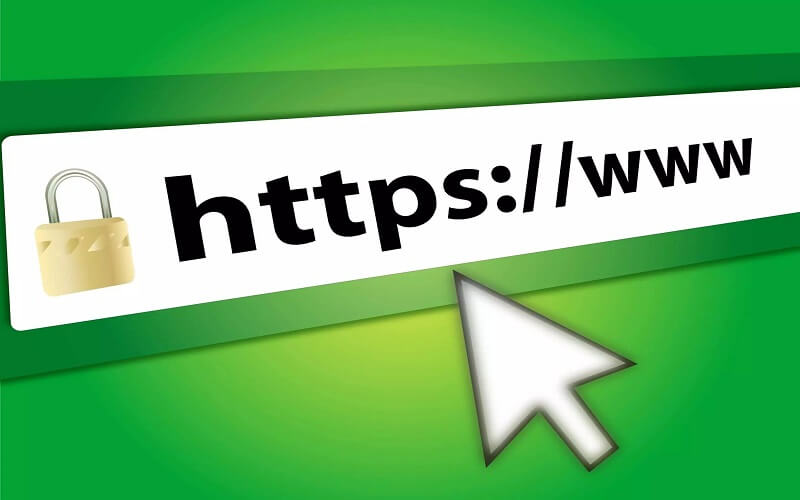
Like the passage “a locked door is only as secure as the key that opens it,” a digital signature is only as secure as the protocols you use to protect it. You’ve likely adopted digital signatures for convenience, speed, and efficiency. But are you following the best practices for safeguarding these digital assets?
There might be a hidden risk in your current strategy, one that’s ready to undermine your signature’s security at the most unexpected moment. Take a closer look at your digital signature safety measures.
1. Understanding digital signatures
In today’s digital age of virtual office, it’s crucial to understand digital signatures and how they secure your online transactions and communications.
Digital signatures are cryptographic protocols that provide signature security by ensuring the authenticity, integrity, and non-repudiation of digital communications. They’re a sophisticated method of protecting digital signature data.
Unlike handwritten signatures, when you create a digital signature, you use your private key to create a unique hash of the data. This hash is then encrypted and attached to the data, forming the signature.
Anyone receiving the data can then use the corresponding public key to decrypt the signature and compare it to the hash of the data. If the hashes match, the data hasn’t been tampered with, and the signature is verified.
2. Choosing a trusted provider
Selecting a reliable provider that can effectively secure your digital data is crucial, having understood the workings of digital signatures. The first aspect to consider when choosing a trusted provider is the digital signature software.
The software should be robust, compliant with global standards, and possess advanced security measures to deter cyber threats. It should encrypt the signer’s identity and data using the latest cryptographic techniques, ensuring its confidentiality and integrity.
3. Strong password protocols
Establishing strong password protocols is your first defense against unauthorized access and is crucial to fortifying your digital signature security.
Strong password protocols are guidelines that enhance the complexity and uniqueness of your login credentials. These protocols are designed to prevent cyberattacks, ensuring the integrity and confidentiality of your data.
4. Regular signature updates
Regularly updating your digital signatures is a proactive measure that significantly enhances your cyber-security framework.
This practice ensures that your digital documents remain secure and your electronic signatures remain valid. Keeping your digital signature up-to-date is essential to staying effective as part of the signing process.
Consider your digital signature as a unique identifier, much like a fingerprint. Just as you wouldn’t use a faded or smudged fingerprint, you shouldn’t use an outdated digital signature to sign documents. An outdated digital signature mightn’t provide the same level of security and could even become a potential security risk.
Lastly, regular updates to your digital signature help protect electronic documents against potential security breaches.
5. Utilizing two-factor authentication
Incorporating two-factor authentication into your digital signature security strategy provides an additional safeguard against unauthorized access. This process enhances security protocols by verifying the user’s identity with a single factor, like a password or an e-signature, and with at least two distinct authentication methods.
Typically, these methods encompass something you know (like a password), something you have (like a physical token or access to a specific device), or something you are (like a biometric feature).
6. Implementing encryption techniques
Implementing robust encryption techniques is equally crucial to fortifying your digital signature security. Understanding how encryption techniques and digital signatures work is vital for your data protection strategy.
When you encrypt data, you’re transforming it into code to prevent unauthorized access. Strong data encryption, therefore, is your first line of defense.
The public key infrastructure (PKI) is a popular encryption method you should consider. PKI employs a two-key cryptosystem: a public key to encrypt the data and a private key to decrypt it. This technique ensures that only the intended recipient can access the data with the corresponding private key.
7. Avoiding shared devices
Navigating the digital landscape, you must be wary of using shared devices, as they pose a significant threat to the security of your digital signatures. Shared devices often have multiple users, so your electronic signature and digital document security could be compromised.
8. Regular system security checks
Regular security checks on your system are a pivotal step in maintaining the integrity of your digital signatures. This robust screening process ensures your signatures are secure and unaltered, preserving data integrity.
Digital signatures offer an added layer of security by using mathematical algorithms to create a uniquely identifiable code. This code, linked to the signer and the data, verifies authenticity and detects any alterations.
9. Educating yourself on phishing scams
It’s important to educate yourself on phishing scams, a common threat often used by cybercriminals to obtain sensitive information to further fortify the security of your digital signature.
Phishing scams often involve fraudulent emails purporting to be from reputable companies to induce you to reveal personal details, such as passwords and credit card numbers.
Keeping electronic signatures safe from these scams requires vigilance and the appropriate signature software to ensure secure transactions. This software should have robust security protocols, including digital certificates that secure a sender’s identity.
Final thoughts
Your signature is your handshake, symbolizing trust. Just like you wouldn’t share your handshake with everyone, it’s crucial to safeguard your digital signature. Embrace strong passwords and regular updates, and educate yourself on scams. Remember, protecting your digital signature isn’t an option. It’s a necessity.










